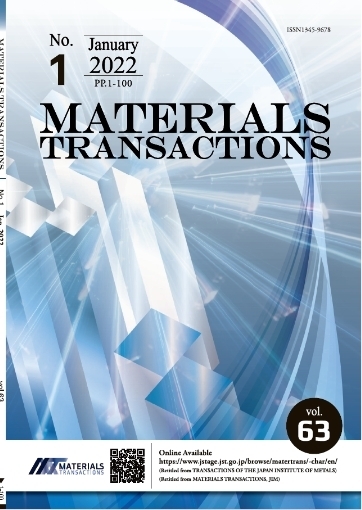Observation of V Defects in Multiple InGaN/GaN Quantum Well Layers
Hung-Ling Tsai, Ting-Yu Wang, Jer-Ren Yang, Chang-Cheng Chuo, Jung-Tsung Hsu, Zhe-Chuan Feng, Makoto Shiojiri
pp. 894-898
Abstract
Multiple In0.18Ga0.82N (4 nm)/GaN (40 nm) quantum well (QW) layers in a green laser diode were observed by high-angle annular dark-field (HAADF) scanning transmission electron microscopy (STEM) and conventional transmission electron microscopy. HAADF-STEM provided undoubted evidence that V defects in the multiple QW have the thin six-walled structure with InGaN/GaN {10\\bar11} layers. The detailed structure of the observed V defects is discussed on the basis of the formation mechanism of V defects which was proposed taking into account the growth kinetics of the GaN crystal and a masking effect of In atoms segregated around the threading dislocation (Shiojiri et al. J. Appl. Phys. 99, (2006) 073505).
Readers Who Read This Article Also Read
MATERIALS TRANSACTIONS Vol.48(2007), No.4
MATERIALS TRANSACTIONS Vol.48(2007), No.5
MATERIALS TRANSACTIONS Vol.48(2007), No.5










